Seven wild animal facts discovered in 2023
Gorillas enjoy feeling dizzy, while moths are more efficient pollinators than bees, scientists have discovered this year
New scientific discoveries about animals have been made this year, helping scientists understand their behaviour, abilities and interactions with the environment.
From uncovering the tool-making abilities of Goffin’s cockatoos to revealing the fatal consequences of breeding season for male northern quolls, these revelations have expanded our knowledge of the natural world.
Here are some of the most interesting new findings in 2023.
The Week
Escape your echo chamber. Get the facts behind the news, plus analysis from multiple perspectives.

Sign up for The Week's Free Newsletters
From our morning news briefing to a weekly Good News Newsletter, get the best of The Week delivered directly to your inbox.
From our morning news briefing to a weekly Good News Newsletter, get the best of The Week delivered directly to your inbox.
1. Moths work hard at night
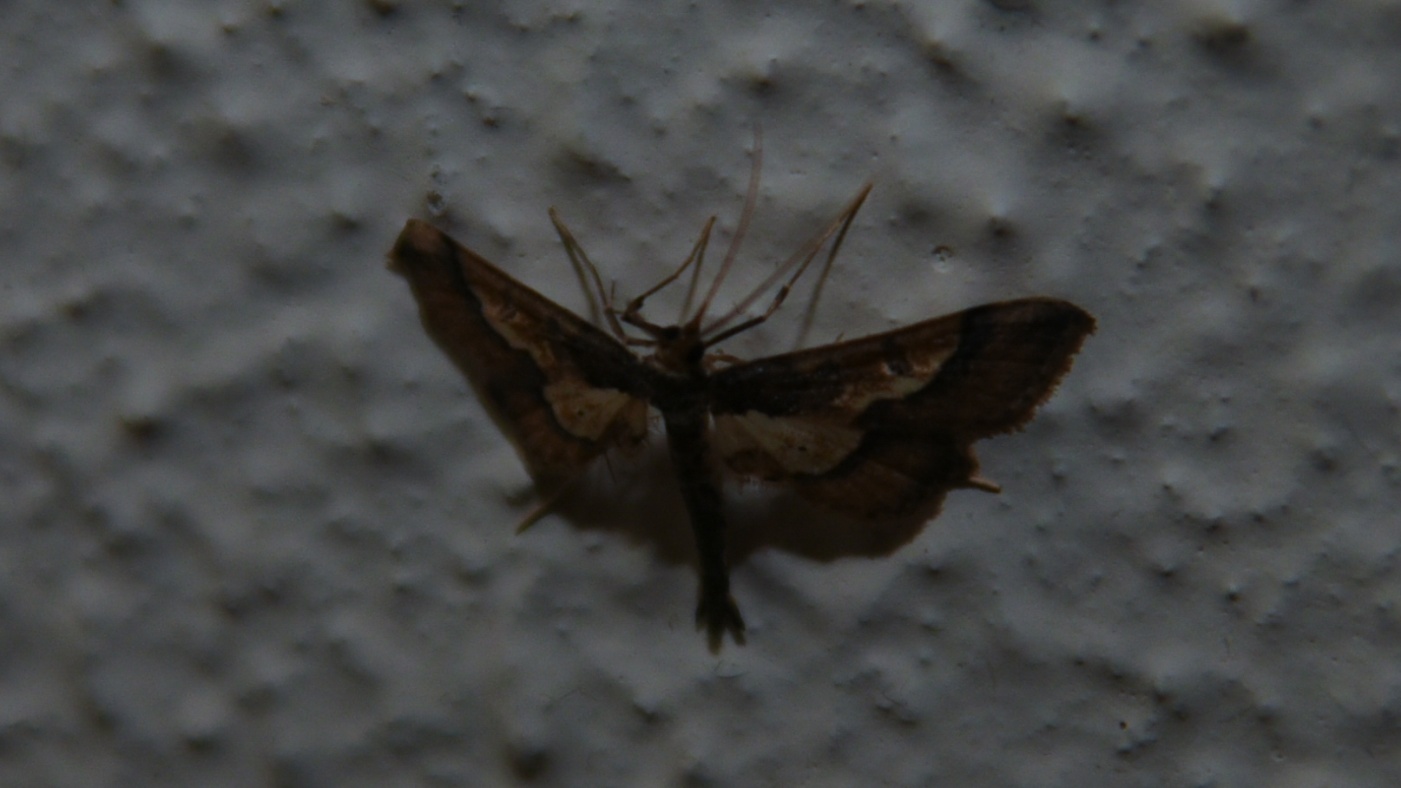
Bees tend to be regarded as among the more “hardworking” pollinators, and they have been the focus of much of the research into declining insect populations. But according to a recent study, night-flying moths are the more efficient pollinators. A team from the University of Sussex used camera traps to monitor ten bramble patches in the southeast of England in July 2021. They found that 83% of insect visits to bramble flowers were made during the day, and that in these short summer nights, night-flying moths notched up only 15% of the visits. However, the moths pollinated the flowers more efficiently, and were therefore making a significant contribution in the hours of darkness. “Bees are undoubtedly important, but our work has shown that moths pollinate flowers faster than day-flying insects,” said study co-author Prof Fiona Mathews. “Sadly, many moths are in serious decline in Britain, affecting not just pollination but also food supplies for many other species, ranging from bats to birds.” She added that the study also highlighted the importance of bramble patches – which are often regarded as unsightly and cleared away – as a source of food for moths and as critical for night-time pollinators.
2. Are loners more innovative?
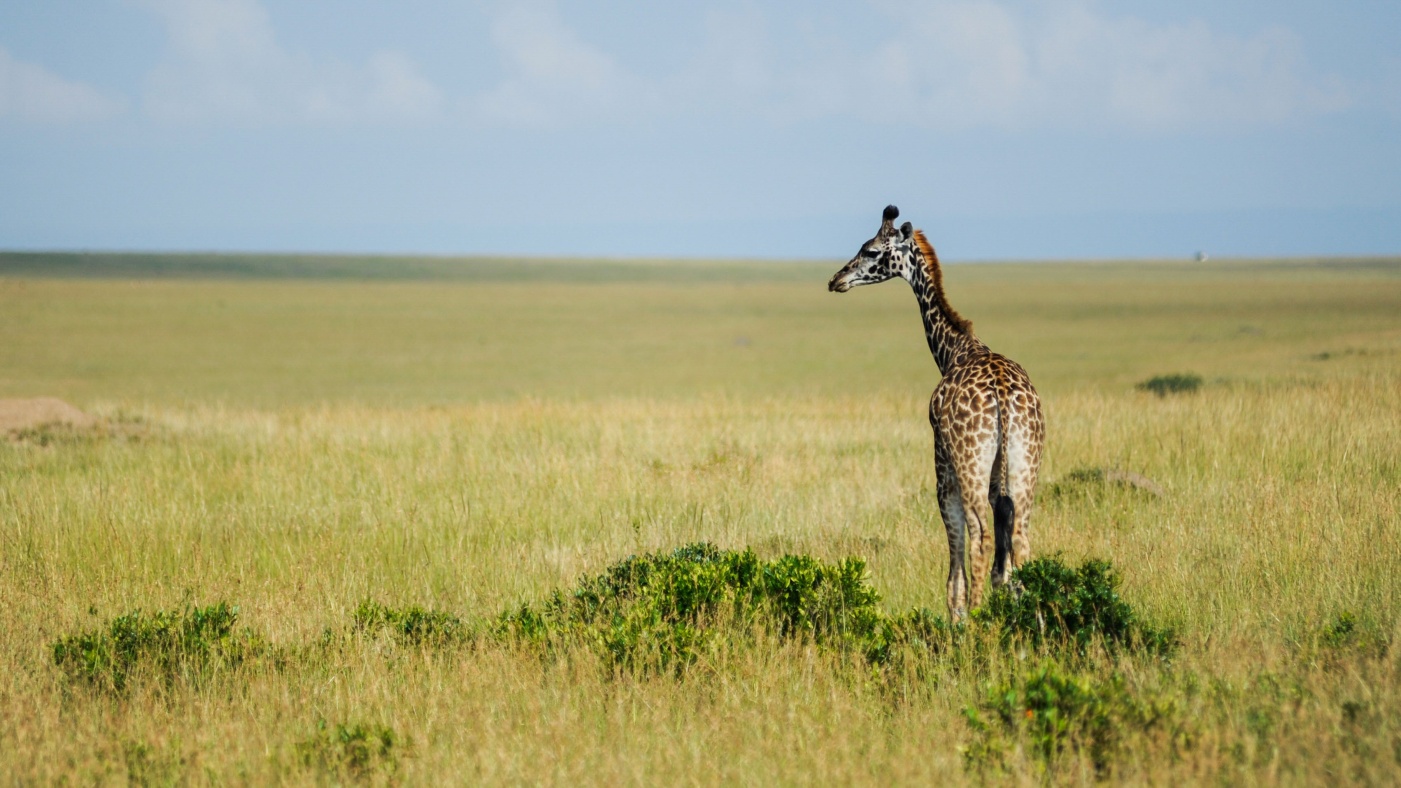
Loners could be better at problem solving, a study of animals has suggested. The researchers looked at 13 species of hoofed mammal (or ungulate), including horses, sheep, deer and giraffes, living in captivity in zoos in Europe, and observed each of them to work out their social hierarchies and the levels of integration in the groups. They also gauged their fear of new objects by placing colourful bowls next to their feeding spots. They then left closed containers full of the animals’ favourite foods around their enclosures, and watched to see how they responded. They found that with all the species, it was the animals who were less well-integrated – and less fearful of the new – who were most adept at getting into the boxes to get the treats. The authors of the study, published in the Proceedings of the Royal Society B, told The New Scientist that there could be two explanations for this. It could be that socially isolated individuals cannot count on others in the group to provide support and assistance, so they have to learn to be more innovative. However, it could also be that loners are not actually outcasts, but have opted to live on the margins because they can figure things out on their own, and so don’t need others.
3. Apes whirl around to get ‘high’
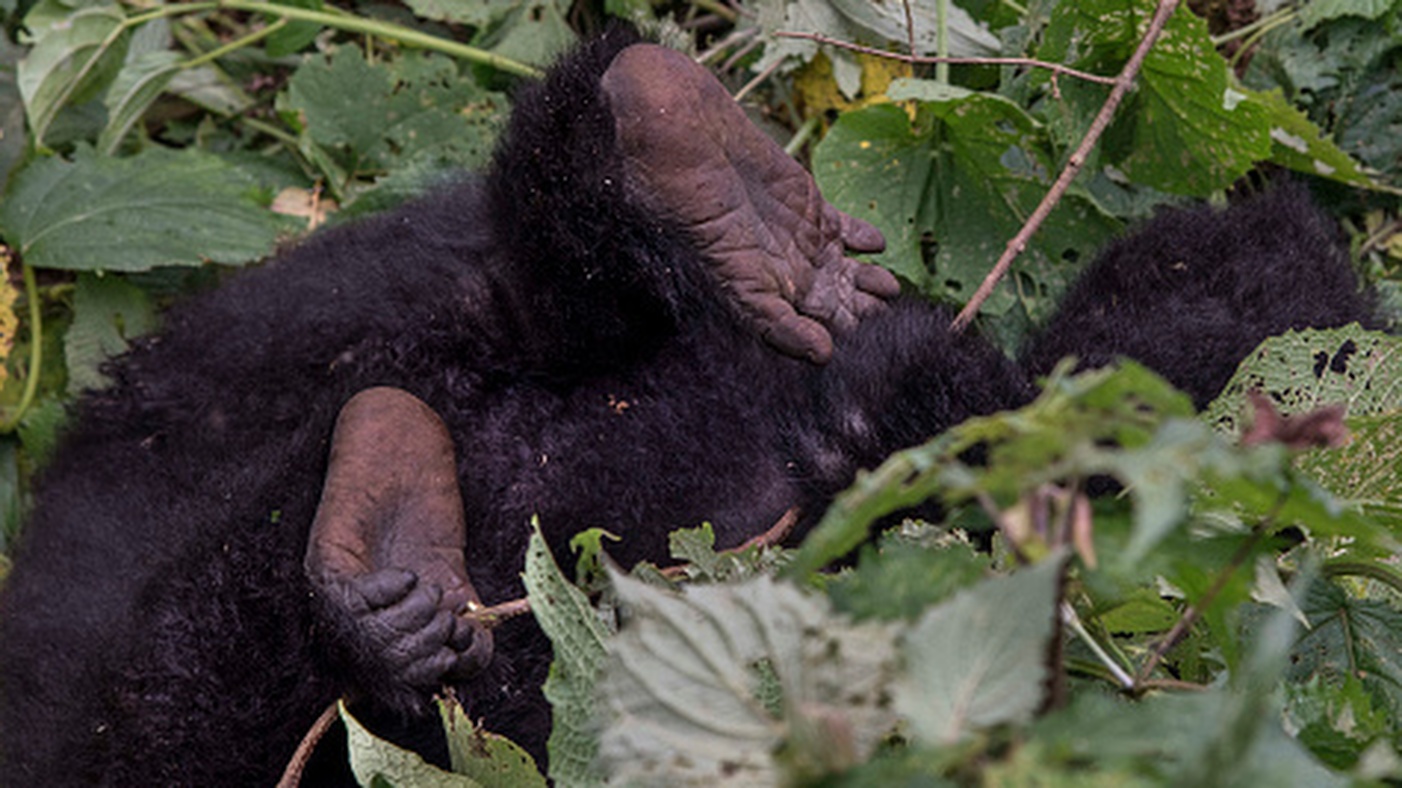
Gorillas spin themselves around in circles, because they enjoy feeling dizzy, a study has found. Psychologists at the University of Warwick and University of Birmingham became intrigued by a viral video of an ape spinning around in a pool, and decided to investigate further. It turned out that the behaviour is relatively common: they found numerous videos of apes using ropes or vines to rotate at speeds similar to that of human circus performers. The behaviour is clearly deliberate, and since there is a long history of humans spinning around to achieve an altered mental state, it’s likely that apes do it for the same reason, team leader Dr Adriano Lameira told The Daily Telegraph. Potentially, our prehistoric ancestors also span around to get “high”, he added. If it’s not the original high, then it is “at least one of the oldest that predate substance-induced highs”.
4. The cockatoo’s toolkit
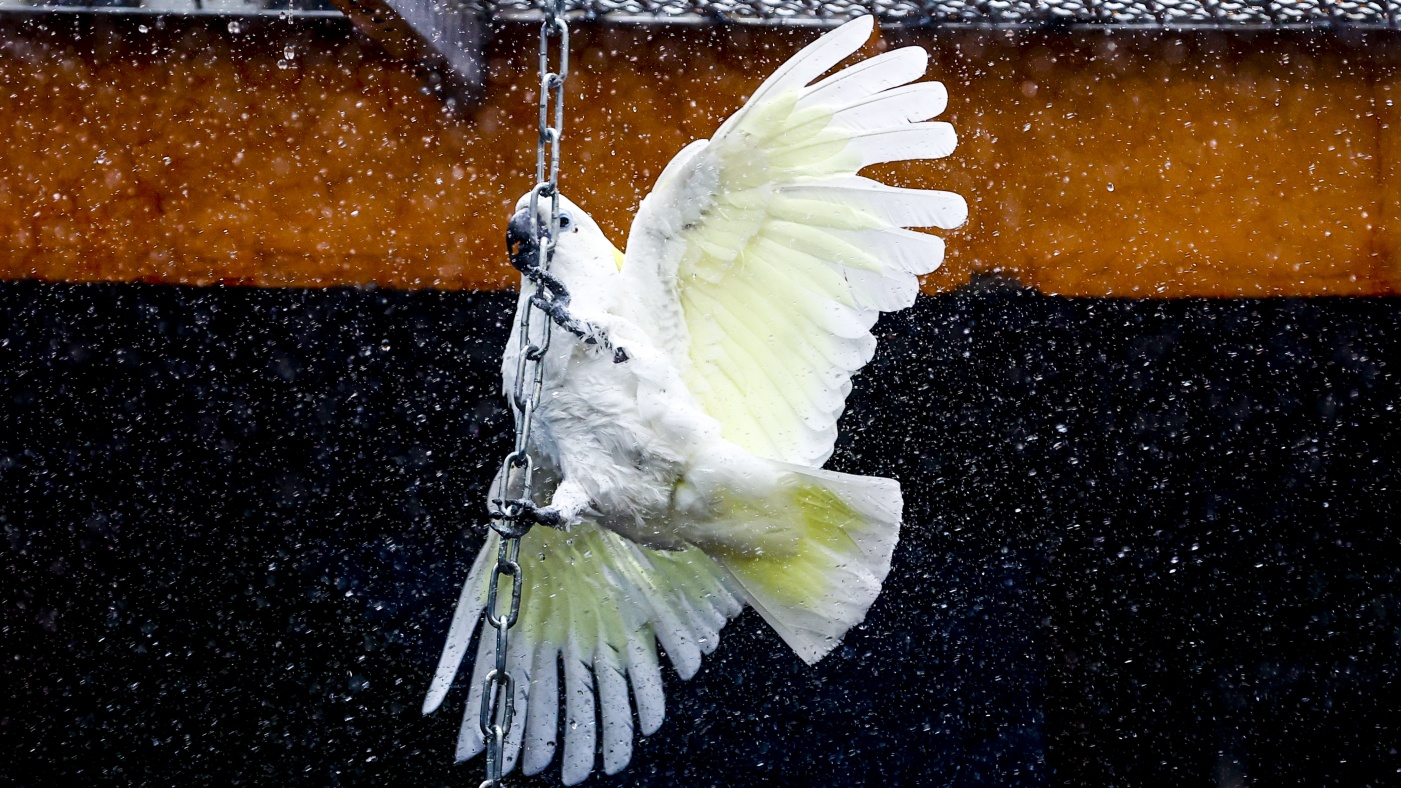
Until recently, humans and chimpanzees were thought to be the only species that use “toolsets”: a collection of different tools used to achieve specific tasks. But in 2021, scientists in Indonesia observed wild Goffin’s cockatoos using three types of tools to extract seeds from fruit. Now new research has shown how effectively the birds are able to use toolsets. In the journal Current Biology, scientists at the University of Veterinary Medicine Vienna described how they presented to ten Goffin’s cockatoos a box containing a cashew nut that could only be accessed using two different tools: a rigid stick to pierce and tear a membrane between a window and the nut; and a longer, flexible tool to fish the nut out. Seven figured out the need to use both tools, with two solving the task on their first try. The team said that the findings provide the first controlled evidence that Goffin’s cockatoos can spontaneously begin to use a novel toolset, without help from others. The study also provided the first clear evidence that birds can carry a set of tools they will need for a future task: in a more complex trial requiring tools to be brought to a raised platform, four out of the five birds tested learnt to carry both correct tools.
A free daily email with the biggest news stories of the day – and the best features from TheWeek.com
5. A marsupial’s fatal attraction
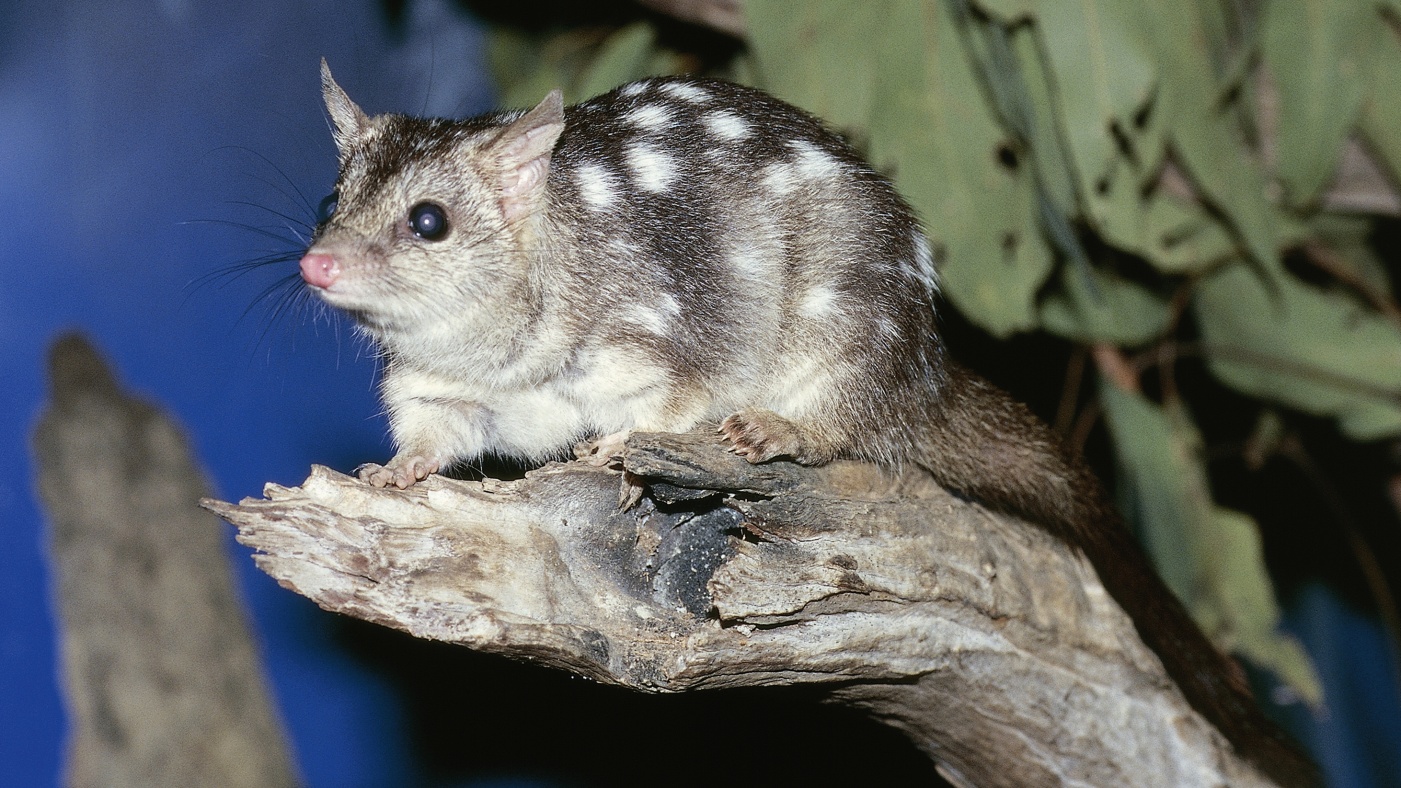
The male northern quoll – an Australian marsupial that is about a foot long – tends only to survive one breeding season, whereas females usually live for four. Now researchers have found out why: in its determination to mate, the animal exhausts itself to death. Using sensors to track northern quolls, the team observed that the males travelled more than six miles in a night in search of a partner, resting for only 8% of the time. The males had more parasites than females, probably because they prioritised seeking a mate over grooming, and were not as vigilant about searching for food and avoiding predators. “By the end of the breeding season, these quolls just look terrible,” said study co-author Dr Christofer Clemente, of the University of the Sunshine Coast.
6. The first crocodile ‘virgin birth’
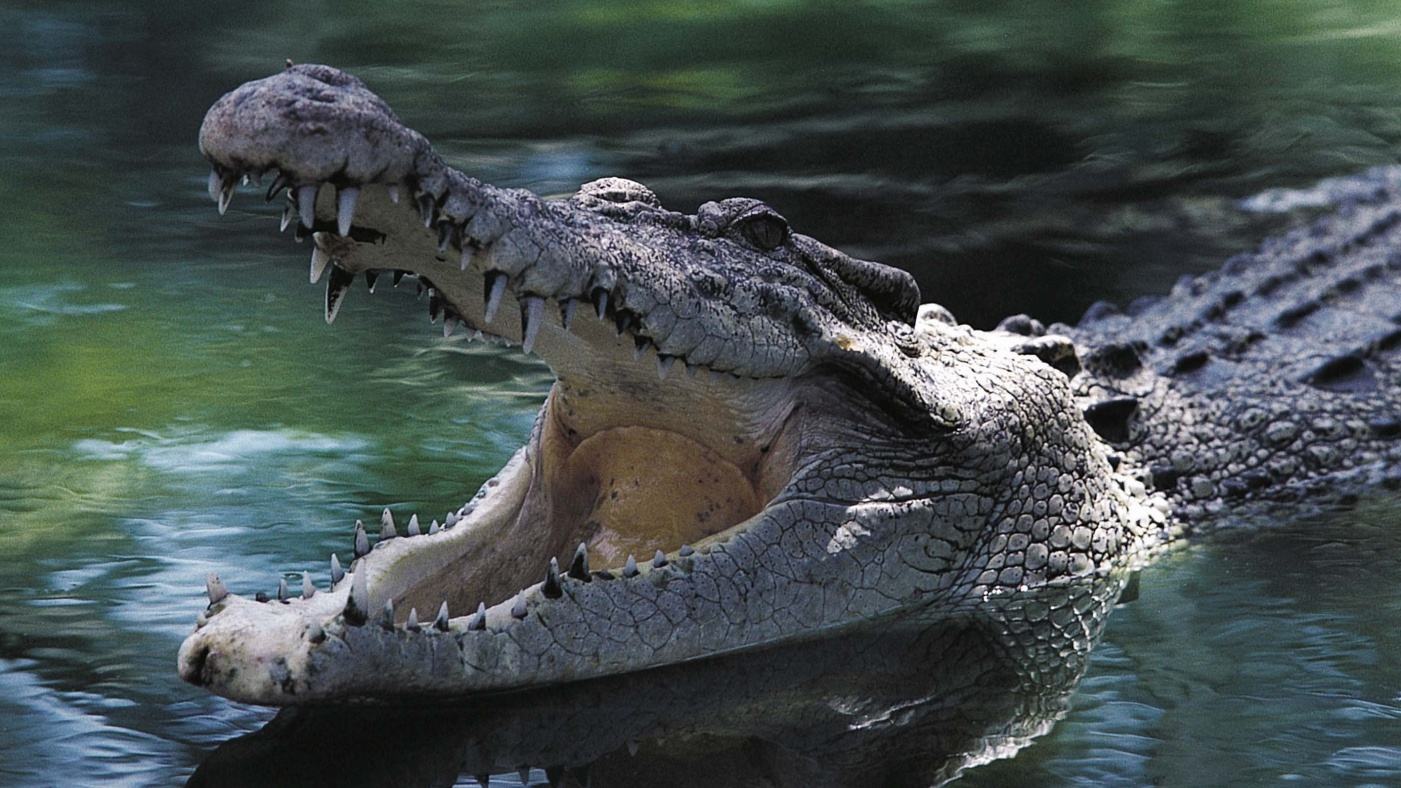
In the first known case of its kind, a crocodile in Costa Rica has had a “virgin birth”, reported The Times. The 18-year-old American crocodile, which lives in a reptile park, had been housed alone for 16 years, and had never mated, when it laid an egg containing a fully formed foetus. According to a report in the Royal Society’s journal Biology Letters, it is the first recorded case of “facultative parthenogenesis” in the species, but it casts light on the reproductive habits of other species too. Parthenogenesis can occur in birds which, along with crocodiles, are the only living members of a lineage of creatures known as archosaurs. Crocodiles were the first archosaurs to appear; birds were the last. In between were dinosaurs and pterosaurs. That both the most recent and most ancient lineages had the potential to reproduce parthenogenically suggests that these two extinct ones did too, said the scientists behind the research. It’s very likely that they also mated, however. The crocodile egg in Costa Rica did not hatch, but this was not unexpected, the team said, as stillbirths are common in parthenogenic reproduction.
7. The secrets of the sloth’s thick coat
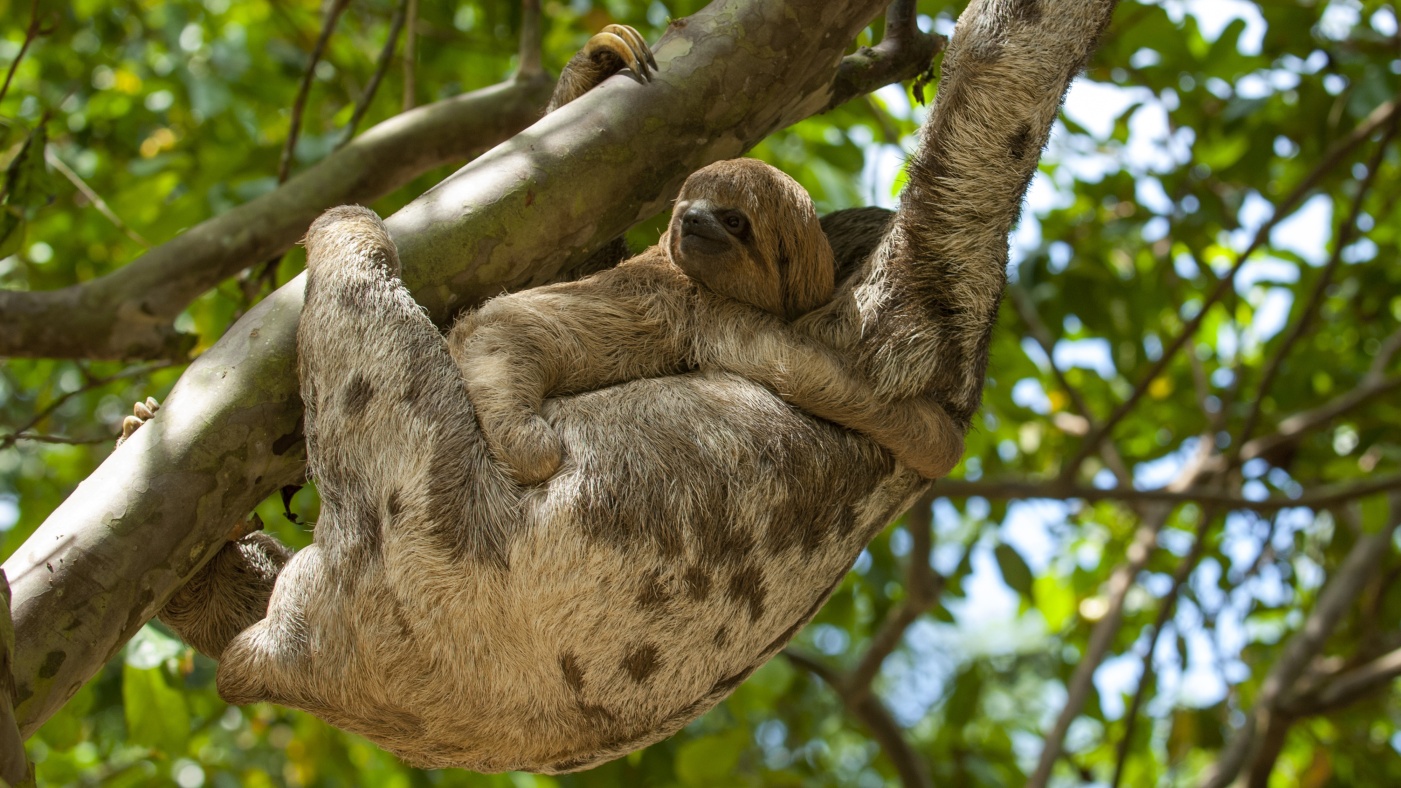
Look closely at a Costa Rican sloth, and you will see that its fur is a hive of activity: the famously slow-moving mammals’ thick coats harbour communities of microbes, various insects and even moths. Some of these could pose a risk of disease, yet the sloths seem rarely to suffer from infections. The owner of a sanctuary for injured sloths reported that no one has ever brought in a sick sloth; and some have come in with severe burns, yet with no infection. Now a team from the University of Costa Rica has suggested that their good health is likely to be down to the presence of antibiotic-producing bacteria – which possibly hold a solution to the growing human problem of microbes growing resistant to antibiotic drugs. Researcher Max Chavarría has pinpointed 20 “candidate” microorganisms – ones that might be responsible for killing disease-causing bacteria. However, he has warned that he is a long way from determining whether any of these could be useful to humans. The World Health Organisation has estimated that by 2050, resistance to antibiotics could be causing ten million additional deaths a year
-
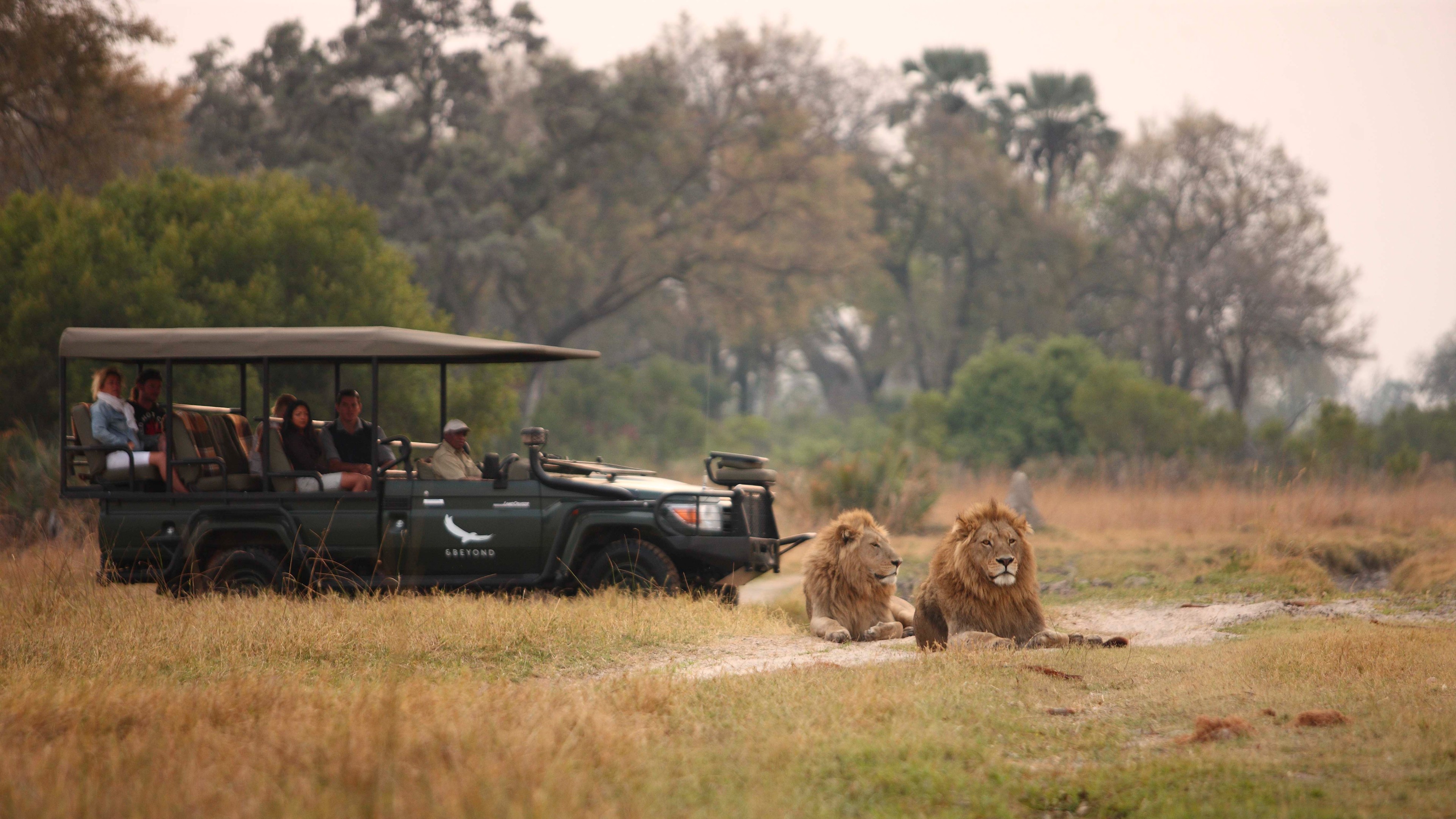 11 hotels opening in 2026 to help you reconnect with nature
11 hotels opening in 2026 to help you reconnect with natureThe Week Recommends Find peace on the beaches of Mexico and on a remote Estonian island
-
 Zimbabwe’s driving crisis
Zimbabwe’s driving crisisUnder the Radar Southern African nation is experiencing a ‘public health disaster’ with one of the highest road fatality rates in the world
-
 The Mint’s 250th anniversary coins face a whitewashing controversy
The Mint’s 250th anniversary coins face a whitewashing controversyThe Explainer The designs omitted several notable moments for civil rights and women’s rights